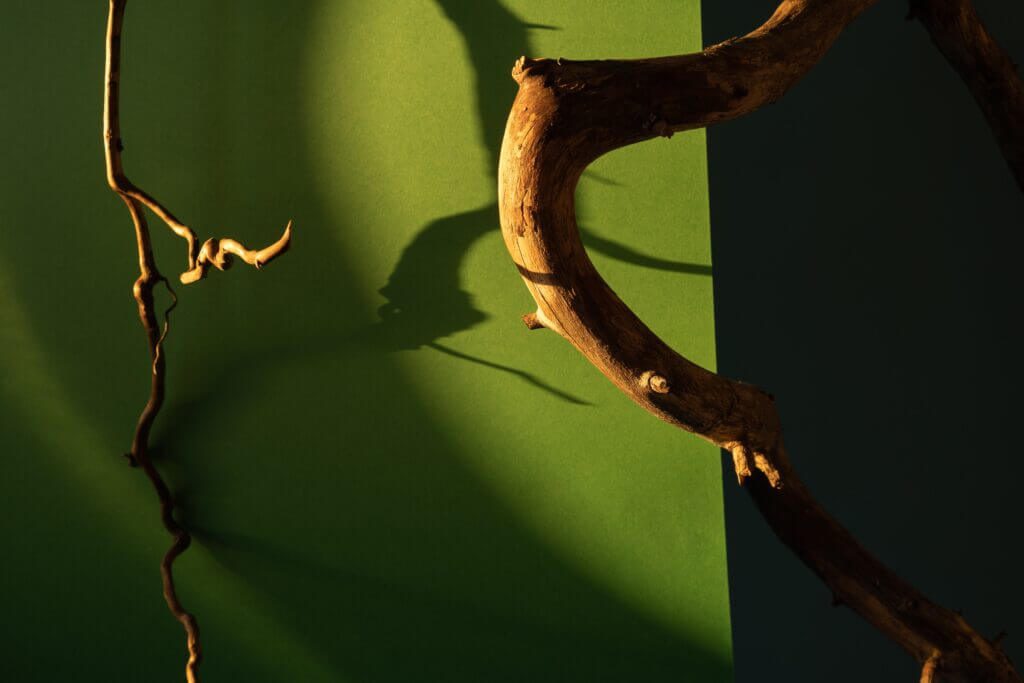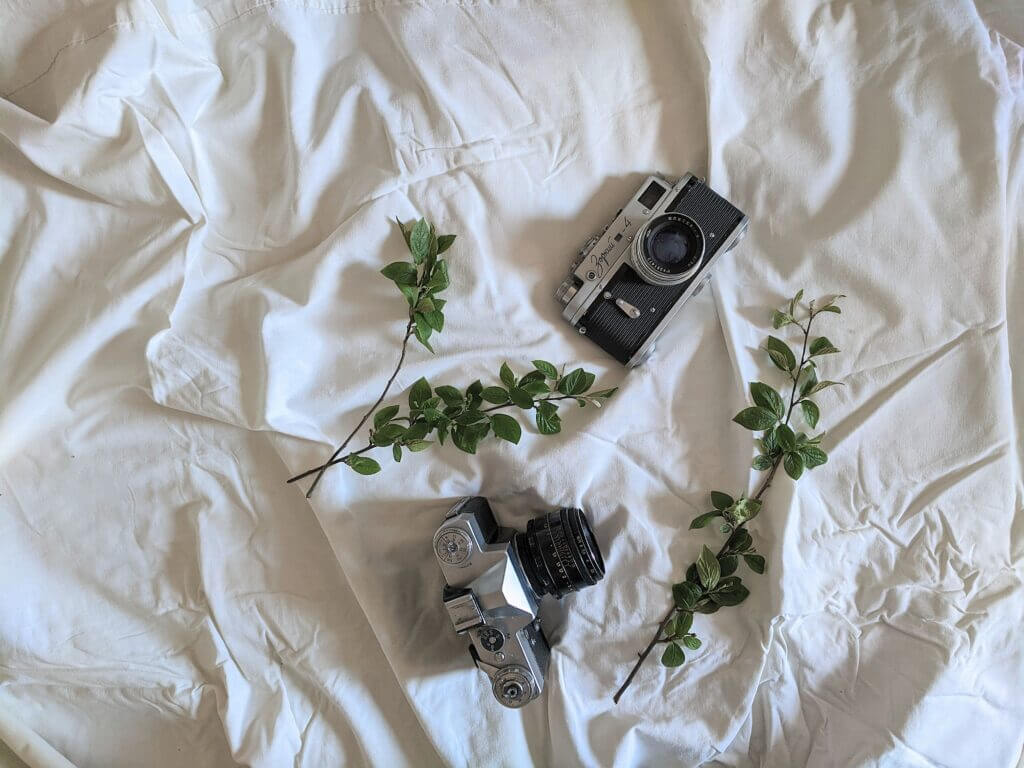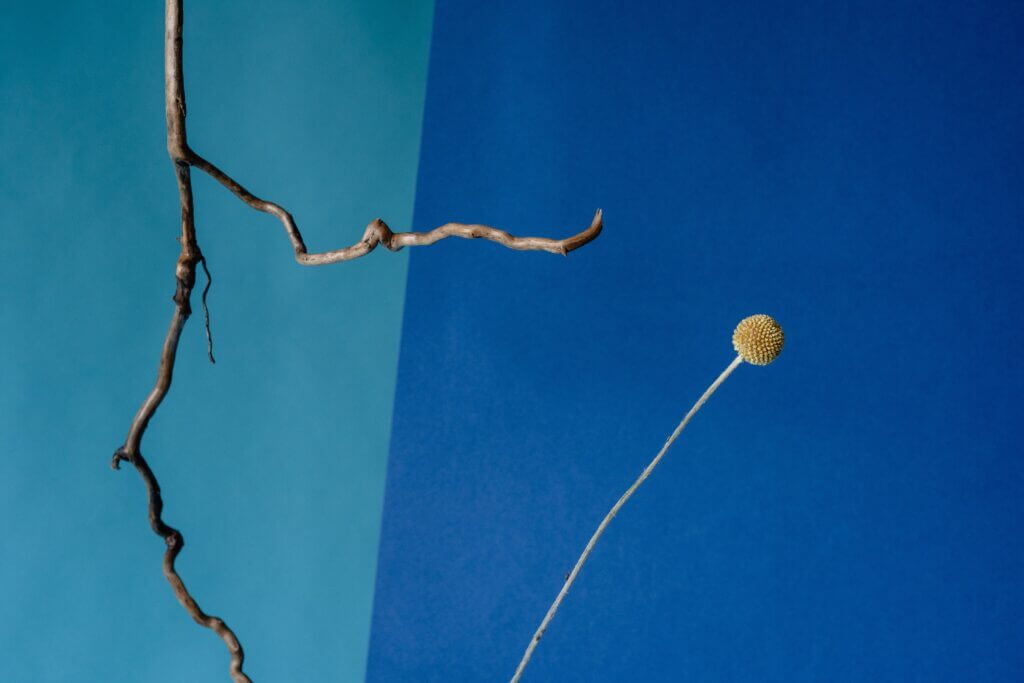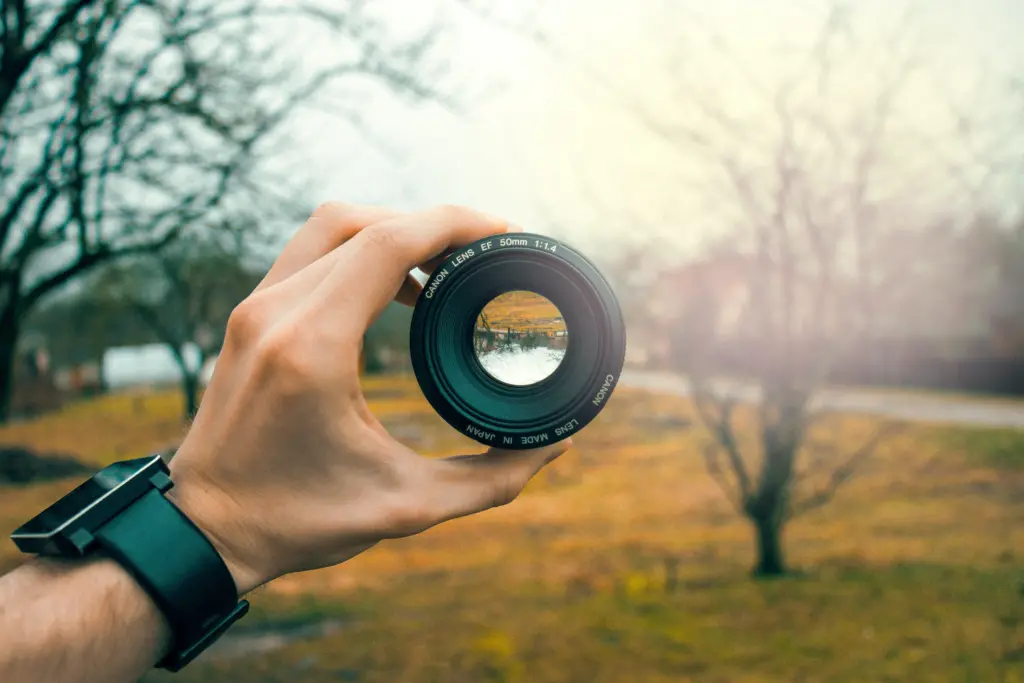The Art of Still-Life Photography
Still-life photography is a unique form of visual storytelling that brings inanimate objects to life. Still-life photographers use their skills to create visually stunning images of everyday objects, capturing the essence of each object in a single frame. In this blog, we will explore the art of still-life photography and what makes it such a powerful way to capture and communicate the beauty of nature and capture some new critical Images.
What is Still-Life Photography?

The art of photographing still-life subjects involves taking pictures of lifeless items. Photographers that specialize in still-life labor capture photographs of commonplace items like flowers, fruits, and household goods and then utilize those images to convey a story and highlight the beauty of such items. Instilling inanimate things’ beauty, elegance, and distinctive qualities is the goal of still-life photography.
Why is Still-Life Photography Important?
Still-life photography is important because it provides a visual representation of the beauty and elegance of inanimate objects. It gives us a way to understand and connect with the objects around us, and to see the world in a new and different way. Still-life photography also has the power to bring attention to the unique qualities of each object and capture the daily life moments around the area.
The Power of Still-Life Photography
Strong emotions may be evoked and the beauty of inanimate items can be highlighted via the use of still-life photography. A single photograph may convey the beauty and elegance of an object while also capturing its spirit. This is especially true in the case of still life photography when the objective is to create an original image for other photographers while focusing on the specific things themselves. As a still-life photographer, you are proficient at taking pictures outside, such as during markets, festivals, and other events.
The Challenges of Still-Life Photography

Not without its difficulties, is still life photography. Photographers who specialize in still life must be able to capture the distinctive characteristics of each inanimate item in a single frame while also producing visually attractive still-life photos. They must also be able to work within the constraints of the things themselves and produce images that are both visually eye-catching and emotionally stirring.
Tips for Effective Still-Life Photography
Develop a Strong Eye for Detail
Still-life photographers must have a strong eye for detail. A Still-life photographer must be able to see the world around them and capture images that are visually compelling and emotionally impactful. They walk around the market, festival, etc
Experiment with Composition
Photographers of still life must experiment with composition and be able to produce works that are both aesthetically striking and emotionally stirring. It’s crucial to take the rule of thirds into account. To produce photos that are both aesthetically pleasing and emotionally stirring, they must be able to work directly with the items and make use of each one’s special features. With light and shadow, still-life photographers may experiment.
Keep an eye on the lighting
For “Still-life photography for beginners” one must pay close attention to lighting. They must be able to use lighting to bring out the unique qualities of each object and to create images that are looking so simple and gorgeous.
As a still life photographer, you must have these tools or Accorious
Camera: A high-quality camera is essential for capturing clear and detailed images.
Tripod: A sturdy tripod helps keep the camera steady and prevents camera shake, which can lead to blurry images.
Lighting equipment: Still-life photography beginners often use studio lighting to control the lighting and shadows in their images. This can include softboxes, umbrellas, and other light modifiers.
Backgrounds and props: Backgrounds and props can help set the scene and add visual interest to still-life photos. This can include anything from fabrics and paper to vases and flowers.

Reflectors: Reflectors can be used to bounce light onto the subject, helping to fill in shadows and create extra-even lighting.
Lenses: Different lenses can be used to achieve different effects in still-life photography. Macro lenses, for example, are great for capturing detailed close-up shots.
Photo editing software: Editing software like Adobe Photoshop or Lightroom can be used to fine-tune and enhance images after they are taken.
Think creatively
For “Still-life photography for beginners” requires creativity and the ability to give life to inanimate objects. They need to be able to utilize their skills to create images that are both aesthetically pleasing and emotionally moving in order to portray the beauty of inanimate objects in a way that cannot be done with words alone.



